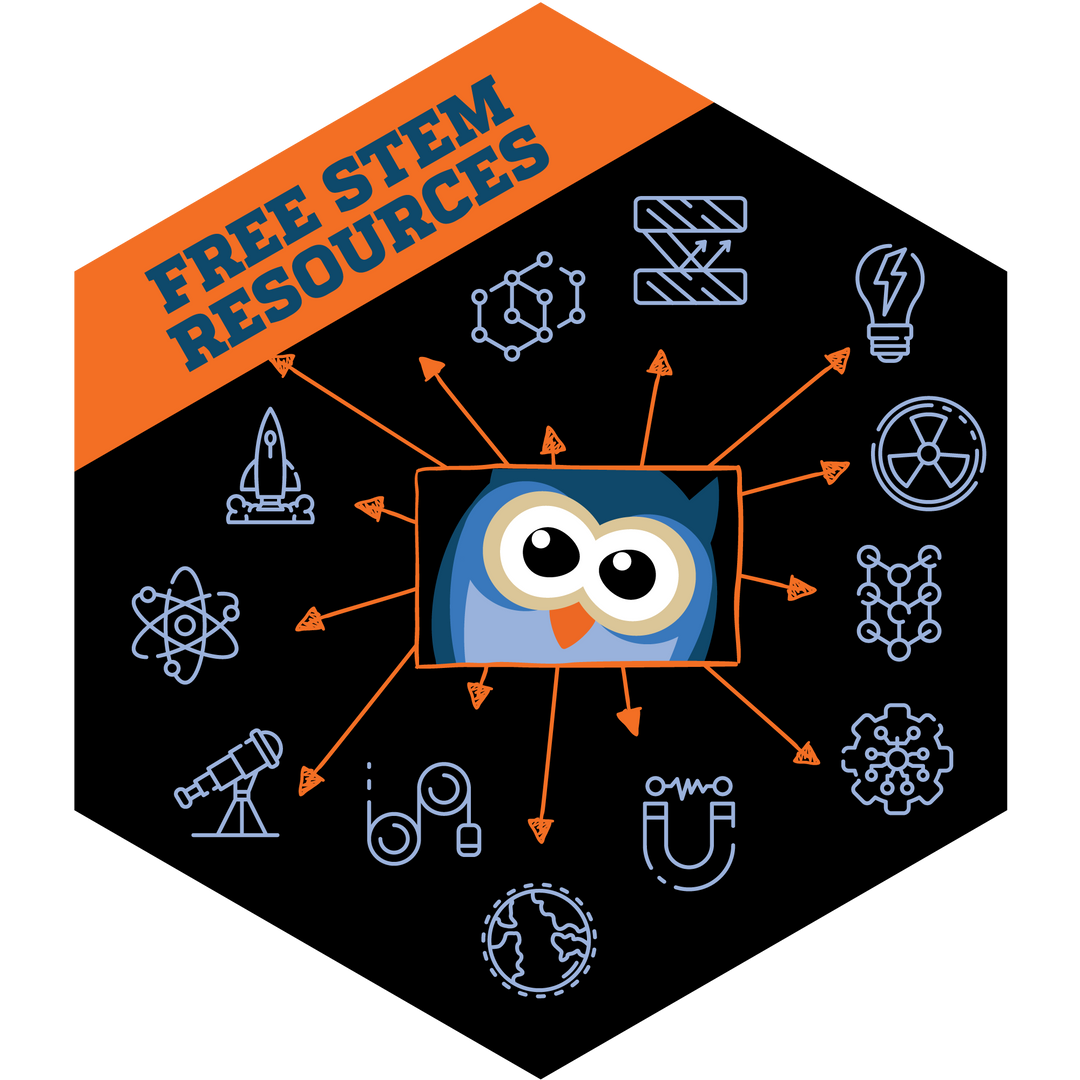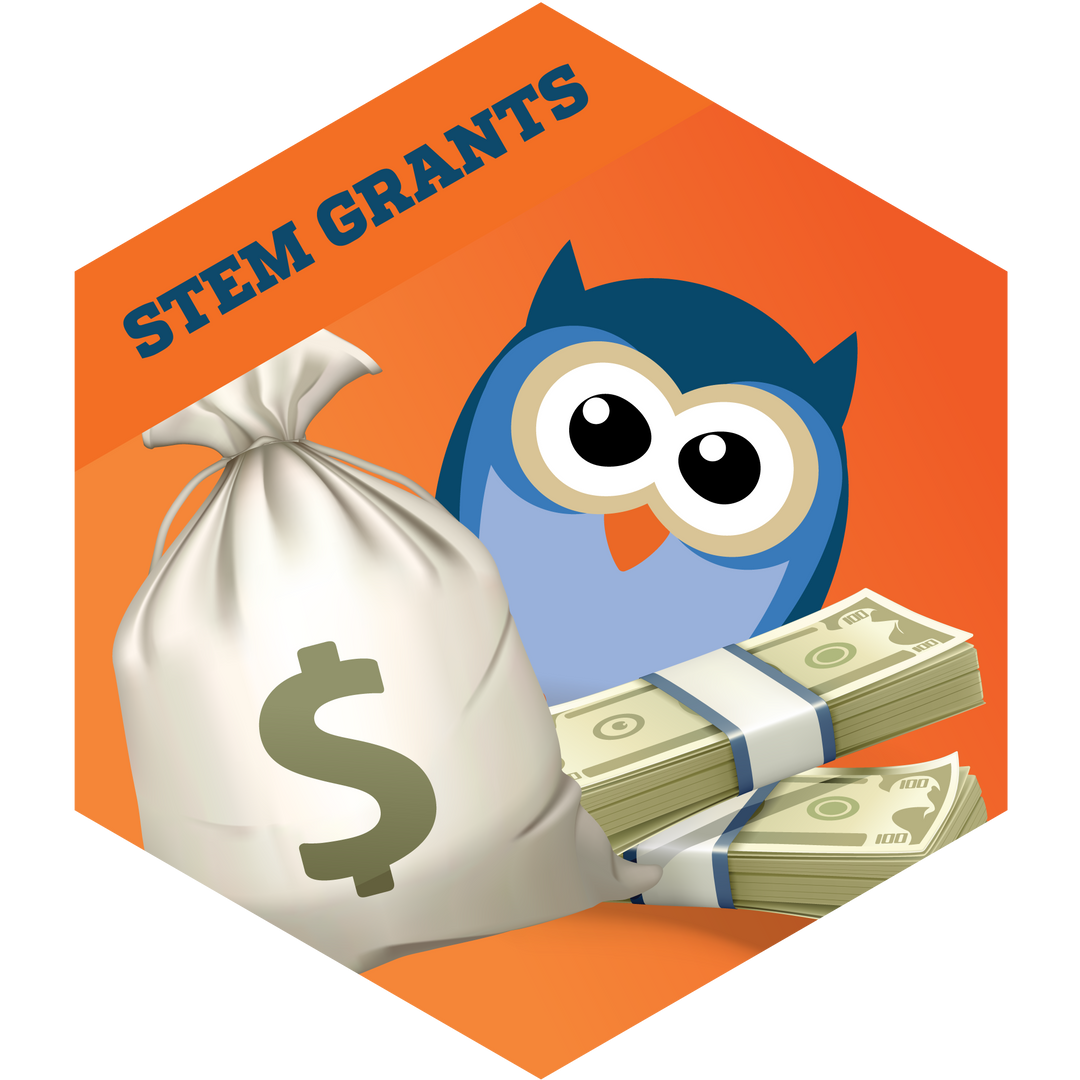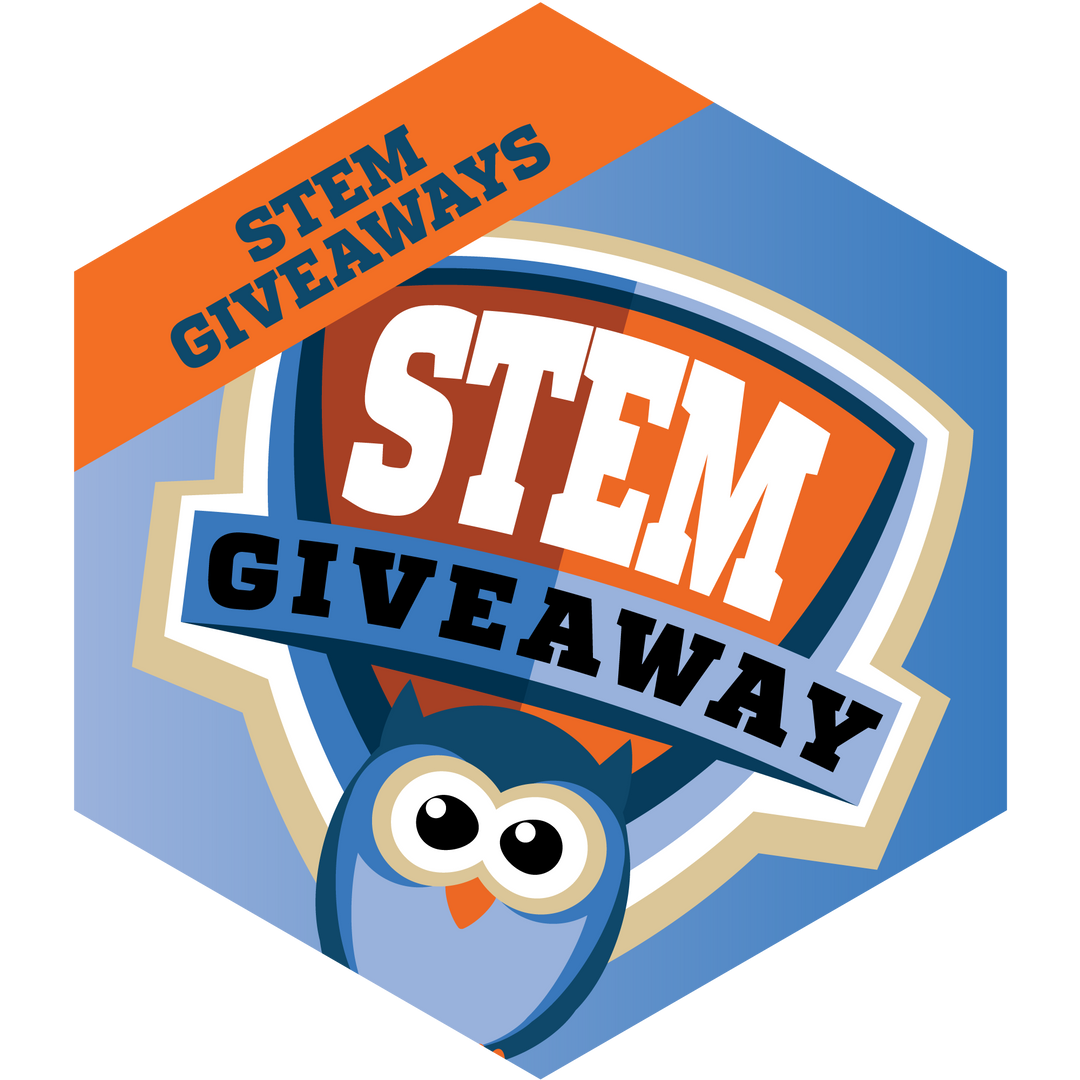Exploring the Riches of Space: The Fascinating World of Asteroids

Did you know that some asteroids are made up of valuable metals like iron, nickel, and even platinum? These space rocks, which can vary in size from tiny boulders to kilometers-wide giants, hold incredible mineral resources. This amazing fact isn’t just an exciting glimpse into the future; it’s also a fantastic way to explore STEM (Science, Technology, Engineering, and Mathematics) concepts with students. Let's dive into the intriguing world of asteroids and see how this connects to STEM education.
What Are Asteroids?
Asteroids are small, rocky objects that orbit the sun, primarily found in the asteroid belt between Mars and Jupiter. They come in various shapes and sizes, ranging from tiny pebbles to massive rocks that are kilometers wide. Unlike planets, asteroids don’t have atmospheres or moons. Some of these space rocks are rich in metals and other valuable materials.
The Science Behind Asteroid Mining
The idea of mining asteroids might sound like science fiction, but scientists and engineers are already exploring this possibility. Here’s why it’s so exciting:
-
Valuable Metals: Many asteroids contain high concentrations of metals like iron, nickel, and platinum. These metals are essential for various industries on Earth, from manufacturing to technology.
-
Resource Scarcity: Earth’s resources are limited, and as our demand for metals increases, we need to find new sources. Asteroids could provide a virtually limitless supply.
-
Space Exploration: Mining asteroids could support future space missions by providing materials for building and sustaining habitats in space, reducing the need to transport everything from Earth.
Explore the Solar System as never before possible with ScienceWiz Interactive Planets Kit and Book.
How Does This Relate to STEM?
Asteroid mining is a perfect example of how STEM fields come together to solve complex problems and explore new frontiers. Here’s how each STEM area plays a role:
Science
-
Astronomy: Understanding the composition and location of asteroids involves studying the stars and the solar system. Students can learn about how asteroids are formed and how they travel through space.
-
Geology: Just like studying rocks on Earth, scientists examine the mineral content of asteroids. This can teach students about different types of rocks and minerals and how they are formed.
Technology
-
Robotics: Mining asteroids will require advanced robotics to operate in space. Students can explore how robots are designed and programmed to perform tasks in extreme environments.
-
Spacecraft Design: Developing spacecraft capable of traveling to and from asteroids involves cutting-edge technology. This includes propulsion systems, navigation, and life support systems.
Engineering
-
Mining Equipment: Engineers must design special equipment to extract and process materials from asteroids. This involves creating tools that can withstand the harsh conditions of space.
-
Structural Engineering: Building structures in space, whether for mining operations or future habitats, requires innovative engineering solutions to ensure safety and functionality.
Mathematics
-
Orbital Mechanics: Calculating the trajectories of asteroids and spacecraft involves complex mathematics. Students can learn about the math behind launching and navigating space missions.
-
Resource Estimation: Estimating the amount of valuable materials in an asteroid and planning the logistics of mining operations require precise mathematical calculations.
Investigate the universe through the precision optics of the Vega 600 telescope.
Fun Activities for Students
To make learning about asteroid mining even more engaging, here are some fun activities:
-
Build a Model: Create a model of an asteroid using materials like clay or papier-mâché. Discuss the different metals that could be found inside.
-
Robotics Challenge: Design and program a simple robot to mimic mining operations. Use materials like LEGO Mindstorms or other robotics kits.
-
Space Mission Simulation: Simulate a space mission to an asteroid. Plan the journey, the mining process, and the return trip, considering all the challenges involved.
-
Math Puzzles: Solve math problems related to space travel, such as calculating distances, speeds, and resource quantities.
Conclusion
Asteroids are more than just rocks floating in space—they are potential treasure troves of valuable metals and resources. Exploring the concept of asteroid mining not only sparks curiosity but also provides a rich context for learning about STEM. By understanding how science, technology, engineering, and mathematics come together to tackle such exciting challenges, students can see the real-world applications of their studies and dream about the possibilities that lie beyond our planet. So, let's reach for the stars and discover the incredible potential that lies within these space rocks!


